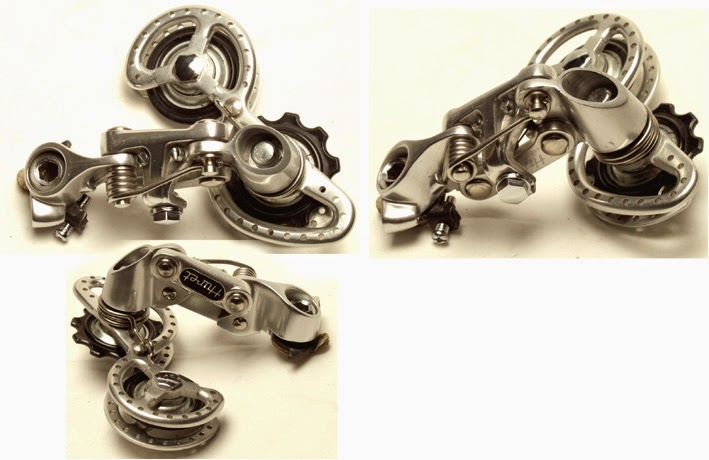The past few mornings, I've been going to work early to get a few things done before students and others come around.
That's meant riding in the dark. Living in an urban area, I don't experience true darkness very often: The city always flickers with ambient light from street lamps, skyscrapers, bridges and such. Still, a lot of familiar sights are rendered invisible, especially in a foggy, misty pre-dawn like the one that surrounded me today:
Over the East River at Hell Gate, the world drifts or streams by, or suspends itself in points of reflection on those currents, all of them forms of light.
Sometimes I feel as if I navigate better by following those points and streams than by looking at signs and maps (or GPS devices)!
That's meant riding in the dark. Living in an urban area, I don't experience true darkness very often: The city always flickers with ambient light from street lamps, skyscrapers, bridges and such. Still, a lot of familiar sights are rendered invisible, especially in a foggy, misty pre-dawn like the one that surrounded me today:
Over the East River at Hell Gate, the world drifts or streams by, or suspends itself in points of reflection on those currents, all of them forms of light.
Sometimes I feel as if I navigate better by following those points and streams than by looking at signs and maps (or GPS devices)!














-filtered.jpg)










